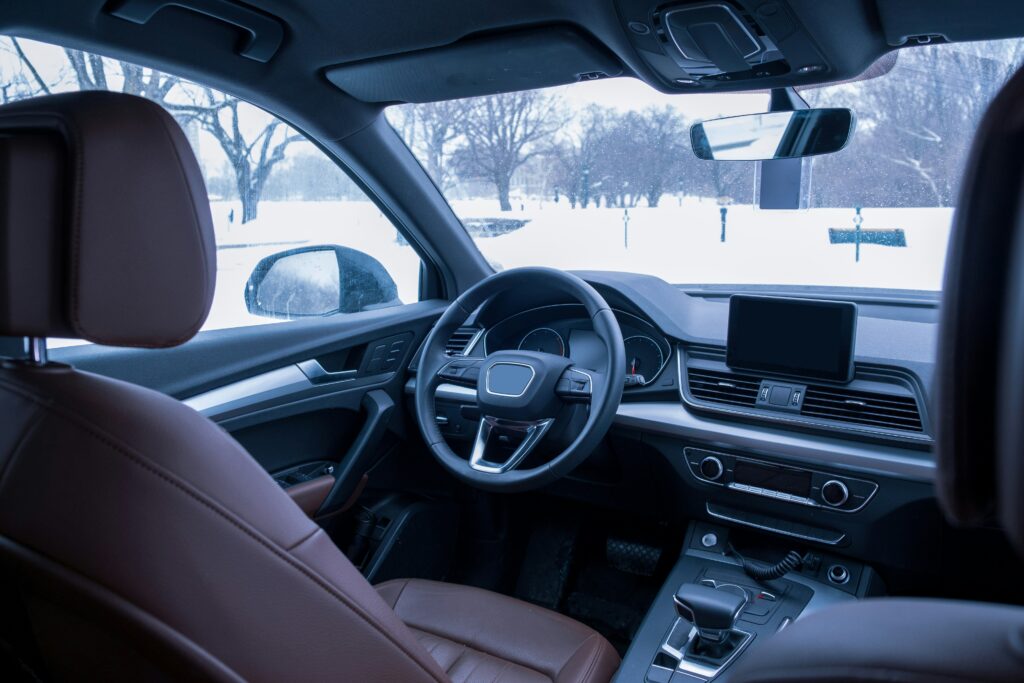In the chaotic aftermath of a car accident, determining fault is crucial for deciding who covers damages, medical bills, and other associated costs. But what happens if it appears that no one is at fault after a car accident in Houston? Understanding fault determination, scenarios where neither party is responsible, and how this impacts compensation is essential for drivers in Texas.
Understanding Fault in Texas Car Accidents
Texas follows a fault-based system for car accidents. The driver found at fault is responsible for compensating the other parties involved. This includes covering property damage, medical expenses, and other losses. Fault is typically assessed based on evidence such as police reports, witness statements, and available video footage.
However, some accidents aren’t straightforward, and there are situations where neither party may be fully at fault.
The Concept of “No-Fault” Accidents
A “no-fault” accident can occur when neither driver is deemed responsible, or when the accident’s cause was beyond their control. Examples include:
- Natural Conditions: Severe weather conditions, such as rain or fog, may make avoiding a collision impossible.
- Mechanical Failures: Unexpected vehicle malfunctions, like brake failure or tire blowouts, might not be attributed to driver negligence.
- Sudden Obstacles: Debris or animals on the road can lead to accidents where neither driver could reasonably avoid the collision.
In these scenarios, the focus shifts from assigning blame to acknowledging that the accident was unavoidable.
Comparative Negligence in Texas
Texas employs the comparative negligence rule, where fault can be shared between parties. Each party is assigned a percentage of fault. For example, one driver might be found 60% at fault while the other is 40% at fault. Importantly, if you are found to be more than 50% at fault, you may not recover damages from the other party. This rule ensures accountability even in shared fault situations.
What Happens If No One Is Found at Fault?
In rare cases, it may be determined that neither party is at fault. When this occurs, each party is typically responsible for their own damages. Here’s what this entails:
- Insurance Claims: You will need to file a claim with your own insurance company to cover your damages. Collision coverage will help pay for vehicle repairs, while Personal Injury Protection (PIP) or Medical Payments (MedPay) coverage will handle medical expenses up to your policy limits.
- No Compensation from the Other Party: Since no one is at fault, you cannot seek compensation from the other driver’s insurance company.
- Out-of-Pocket Costs: Depending on your coverage and the extent of your damages, you may still face out-of-pocket costs, such as your deductible.
Insurance Coverage for No-Fault Accidents in Houston
Proper insurance coverage is critical in scenarios where no one is at fault. While Texas requires minimum liability insurance, it doesn’t cover no-fault scenarios. Useful coverages include:
- Collision Coverage: Helps pay for vehicle repairs, regardless of fault.
- Personal Injury Protection (PIP): Covers medical expenses and lost wages for you and your passengers.
- Uninsured/Underinsured Motorist Coverage (UM/UIM): Useful if the other driver lacks sufficient insurance, though it’s not directly related to no-fault accidents.
Handling No-Fault Car Accident Scenarios
Disputes can arise even when fault isn’t clear. Here’s how to handle them:
- Insurance Investigations: Insurance companies will investigate the accident, review reports, and assess vehicle damage.
- Legal Action: If a dispute escalates, pursuing legal action may be necessary. An attorney can help gather evidence, such as witness statements and dashcam footage, to build a case.
Steps to Take After a No-Fault Accident
If you’re in a car accident and fault is unclear, follow these steps:
- Call the Police: File a report to establish the facts of the case.
- Exchange Information: Obtain the other driver’s insurance and contact details.
- Gather Evidence: Document the accident scene, vehicle damage, road conditions, and weather. Collect witness contact information.
- Notify Your Insurance Company: Report the accident promptly and provide all gathered details and evidence.
- Consult an Attorney: If unsure about your rights or next steps, consult a car accident attorney to navigate the claims process.
When no one is at fault after a car accident in Houston, recovering compensation can be complex. In such cases, your insurance policy becomes crucial. Understanding your coverage and knowing how to proceed is vital for protecting yourself after a no-fault accident. Consulting with an experienced car accident attorney can provide clarity and ensure your rights are upheld.

